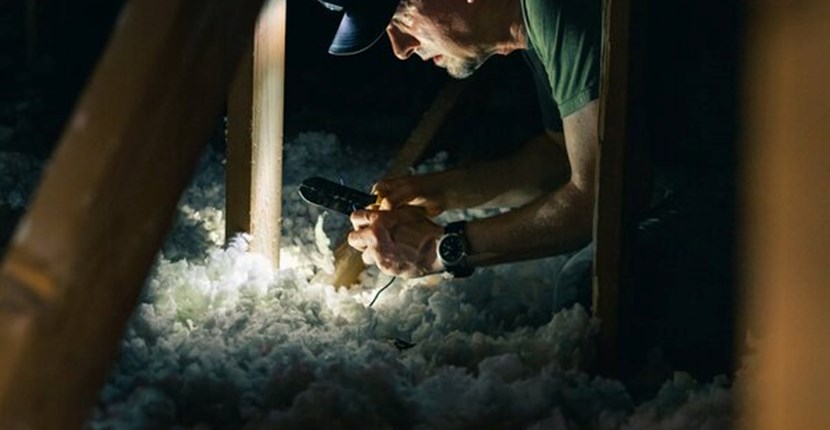Posted on 18 01 2022
Insulation maintenance

Insulation maintenance
It’s tempting to think of your home’s insulation as a ‘set and forget’ installation, especially as good quality insulation will last decades under ideal conditions.
But conditions in your investment property may be less than ideal and as your insulation ages, it will undergo changes that might need addressing.
Assuming the correct level of insulation was installed in the first place (this is less likely in older homes), it may compact over time, deteriorate, or suffer from dampness or pest infestations.
These changes may mean your insulation no longer meets the regulations under the Healthy Homes Standards, in which case it must be topped up or replaced. If you’re unsure about the thickness or state of the home’s insulation, it’s a good idea to talk to a professional insulation installer like Greenside, or ask your property manager for advice.
Regular checks
We recommend adding insulation to your annual maintenance schedule so you can be confident it continues to meet the standard. It’s important to be aware that ceiling spaces contain multiple hazards and you may prefer to have your insulation inspected by a professional.
We can provide this on its own or as part of our healthy homes assessment, which covers all five areas of compliance: heating, insulation, ventilation, moisture ingress and drainage, and draught stopping. It also includes smoke alarms.
We’ll give you a detailed report confirming whether or not specific areas of your property meet the Healthy Homes Standards. We’ll also specify solutions to help you get your property up to standard in each area.
Solutions
The most common issue our inspections discover is that insulation levels or R-values are too low, or that there are gaps in the insulation. Unless the insulation is damaged, this issue is easily fixed by adding more insulation.
If your roof has had to be repaired or replaced because of leaks, you should definitely have your ceiling insulation inspected. Mildew and mould not only damage insulation materials, but also indicate that it’s been exposed to excessive moisture which will severely affect its R-value.
Water ingress can also promote compaction and settling, and can cause insulation to retain more dust, which will reduce its effectiveness.
Our professionals look for any discoloured or dirty insulation and pay special attention to insulation near chimneys, vents and fans. If insulation has been damaged, the best solution is usually to replace the affected insulation once the cause of damage has been found and repaired.
Get in touch with us today to book your Healthy Homes Assessment or for further advice on keeping your property’s insulation up to standard.